How to winterize your driveway in 6 easy steps, including filling cracks and preparing for snow with the right products
Prepare your drive in advance of the dropping temperatures and protect it during the colder months
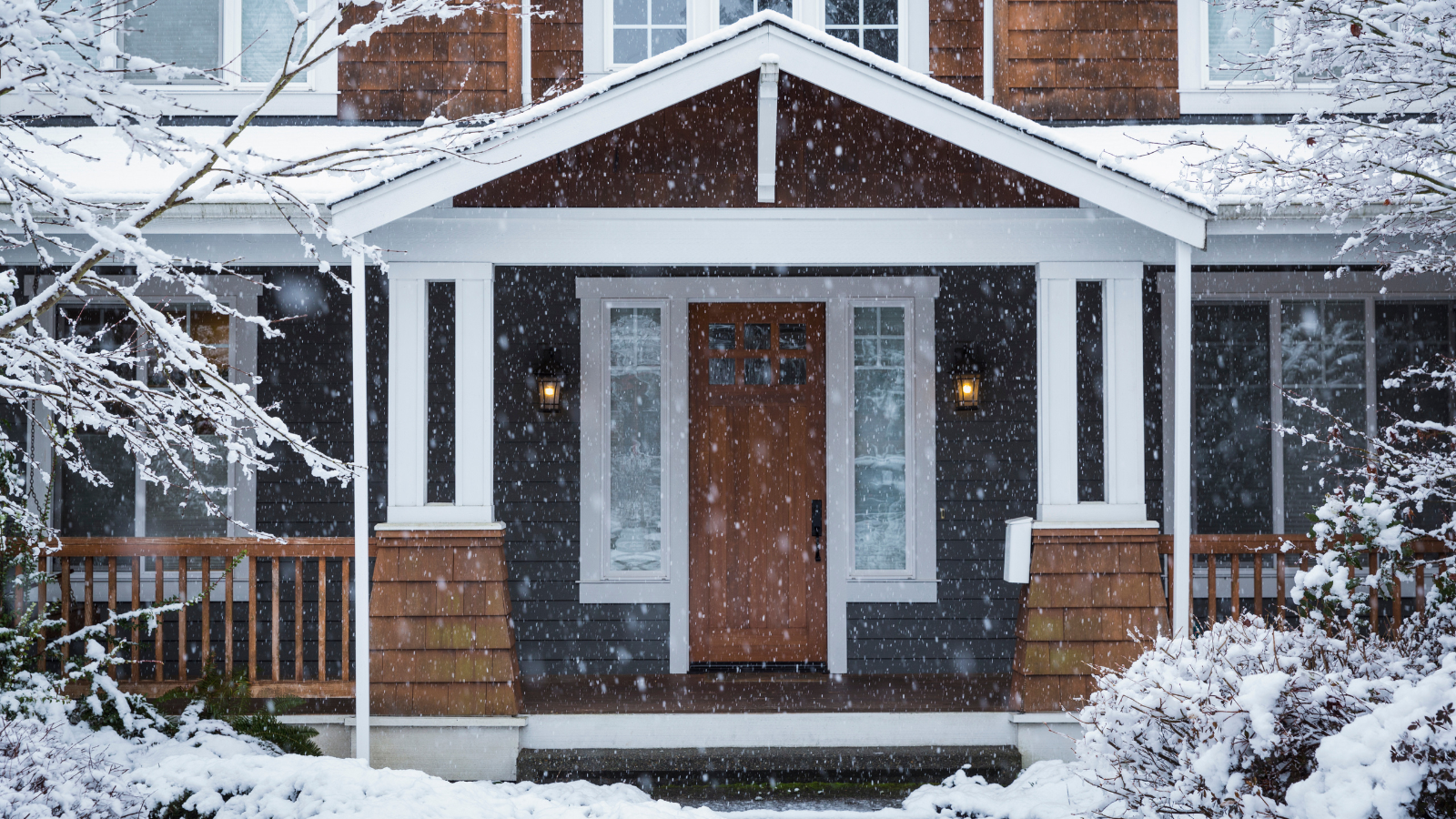

As winter approaches, winterizing your driveway for the cold weather is essential to maintain its longevity and safety.
While winter may be a wonderful time of the year, with fresh snow and festivities, the freezing temperatures can be dangerous, even mere feet from your home. Therefore, it’s important that you know how to protect your driveway when winterizing a house.
It's a straightforward process that involves a few key steps and methods to ensure it can withstand harsh conditions for when the cold weather arrives, as detailed by our home improvement pros.
How to winterize your drive in 6 easy steps
1. Cleaning and removing debris

Before you do anything else, home improvement expert Tommy Mello suggests you start by thoroughly cleaning your driveway – an outdoor cleaning task to have on your radar from fall.
Leaves, branches, and dirt may be trapped in moisture, which will crack the driveway as temperatures drop. You can do this effectively with a pressure washer or a stiff-bristle broom.
‘Deep cleaning calls for the Sun Joe SPX3000 Pressure Washer from Amazon,’ says Tommy. ‘It's cost-effective and perfect for cleaning outdoors.’
It's important to note how often to pressure wash your driveway, which experts say as minimum should be once a year. If you've had an oil spill, learn how to remove oil stains from your driveway and avoid slipping accidents.
2. Check for cracks and seal them
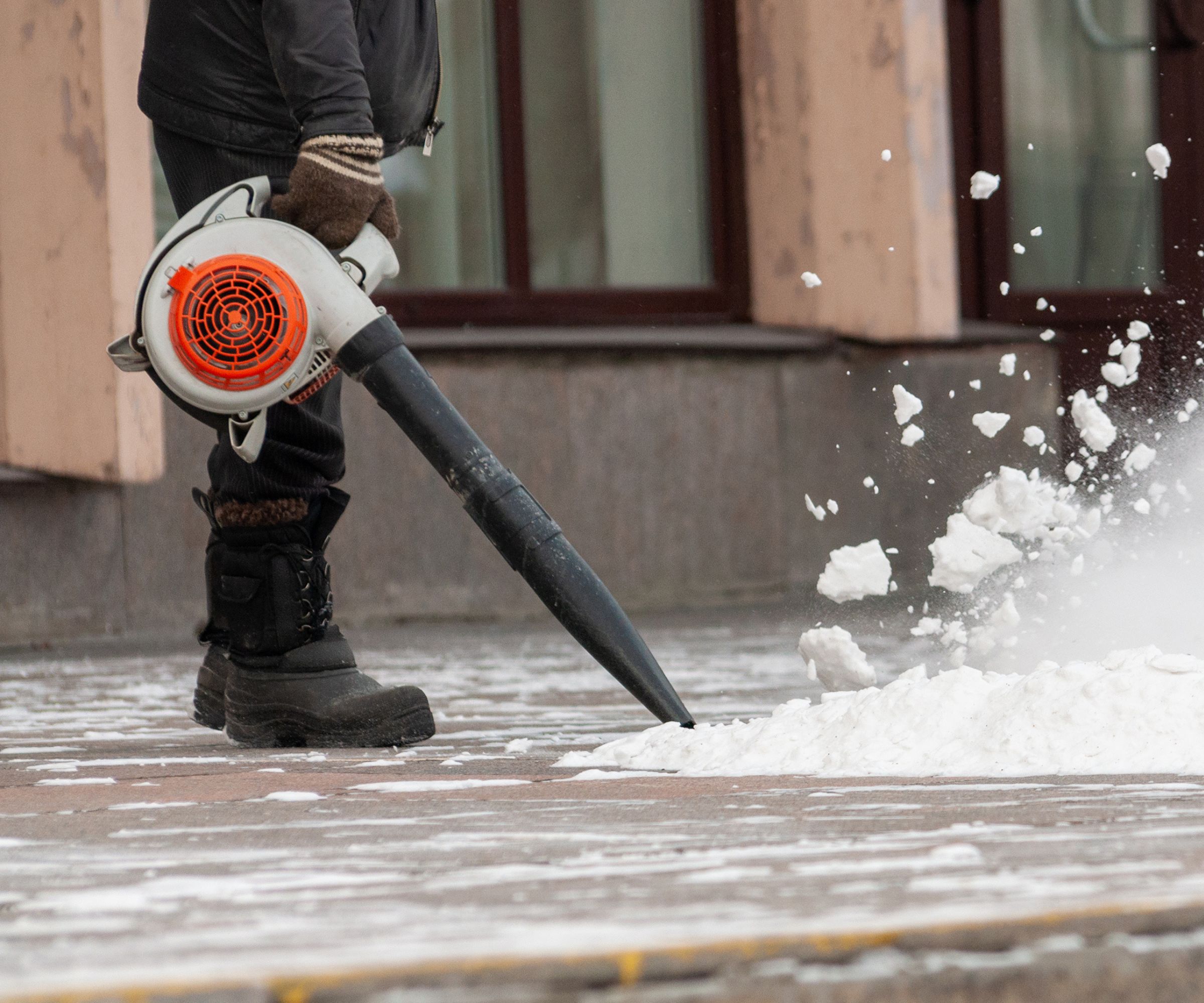
Clear debris and snow to check for cracks
Small cracks become big problems when water gets in and freezes, jacking the gaps wide open. To help combat this, check your driveway for any existing cracks and seal them before winter. Just apply some cold-poured crack filler to seal the imperfections.
For small to medium cracks, use latex-based crack filler such as Bluestar Flexible Asphalt Crack Filler from Walmart. It’s easy to use, and especially formulated for extreme climates.
3. Seal the driveway for protection
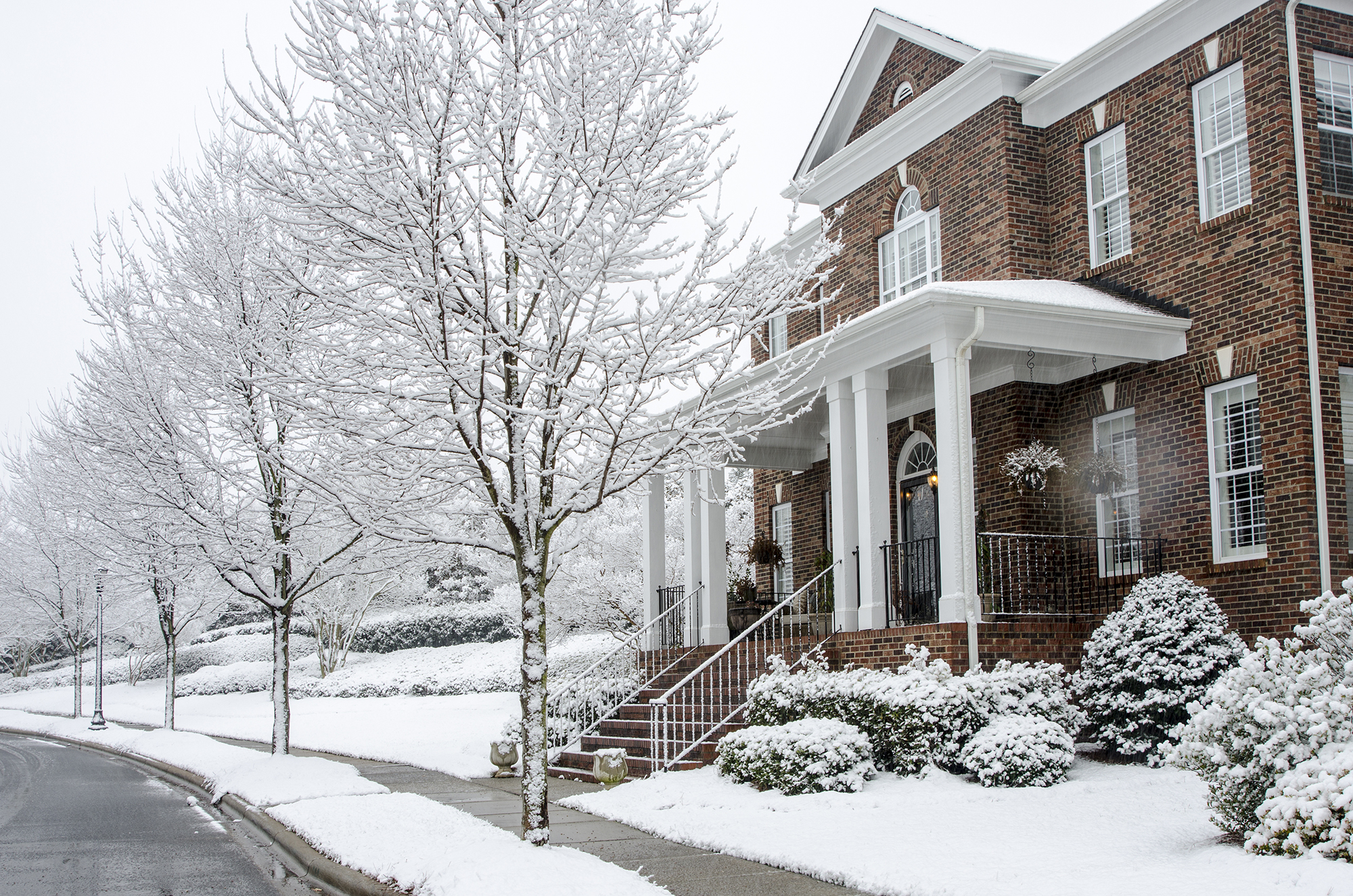
Now that your driveway is repaired, sealing it will be the next step in its protection from winter's freeze-thaw cycle. A good-quality driveway sealant can add a protective layer against water, oil, and salt, which can eat away at the surface.
According to John Mazzuca, home builder and mason at Gambrick Construction, you should use coal tar-based sealers such as Jetcoat 8-Year Ultra Driveway Resurfacer from Amazon, rated 4.6/5 stars by shoppers for asphalt driveways. ‘These give far more protection from the elements and last much longer than acrylic-based ones, protecting your driveway for longer,’ says John.
4. Install driveway markers
Winter snow can blur the edges of your driveway, and it's a challenge to plow or blow snow without damaging your drive. Placing reflective driveway markers such as Hy-Ko Heavy-Duty Driveway Markers from Fastener Line along its edges will help guide snowplows or snow blowers around it, avoiding scraping or cracking of the driveway.
Fiberglass markers are the best option as they are lightweight but rugged enough to stand up to heavy snowfalls.
5. Apply the appropriate de-icing products
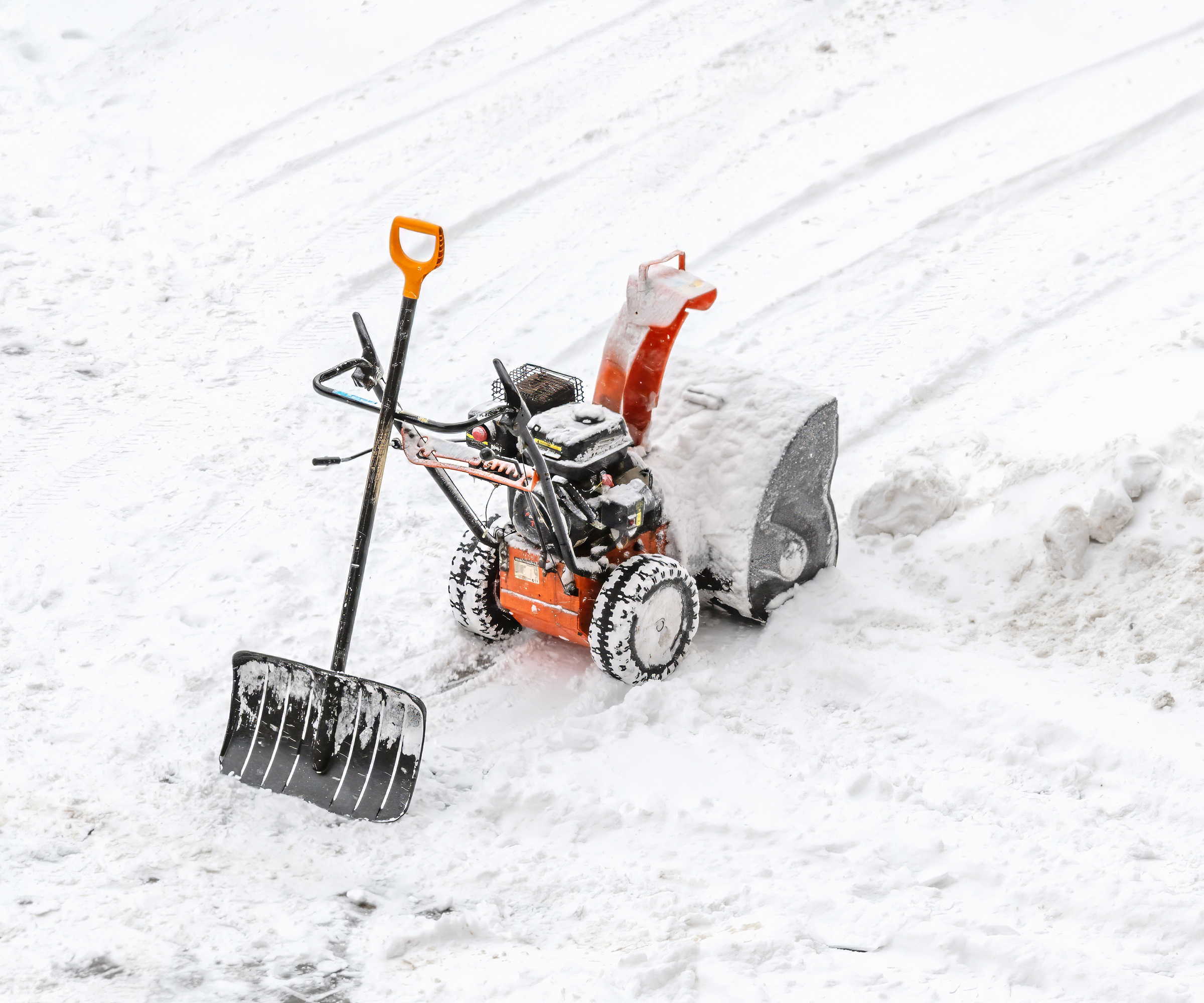
Even though salt is normally used for melting snow and ice, it is terribly corrosive to concrete and asphalt driveways. Instead, use deicers based on calcium magnesium acetate or potassium chloride, both of which are a bit less toxic to plants and less corrosive than regular salt.
The deicers based on beet juice are less corrosive and perform very well at – 5° Fahrenheit temperature. It does not have harmful effects on drives and plants, making it more eco-friendly and causes less destruction when de-icing your paths and patios too .
The Safe Paw Ice Melter from Amazon, rated 4.5/5 by consumers, is a safe, salt-free solution that works well, does not damage your driveway and is also safe for pets to work on.
6. Preparation for removing snow
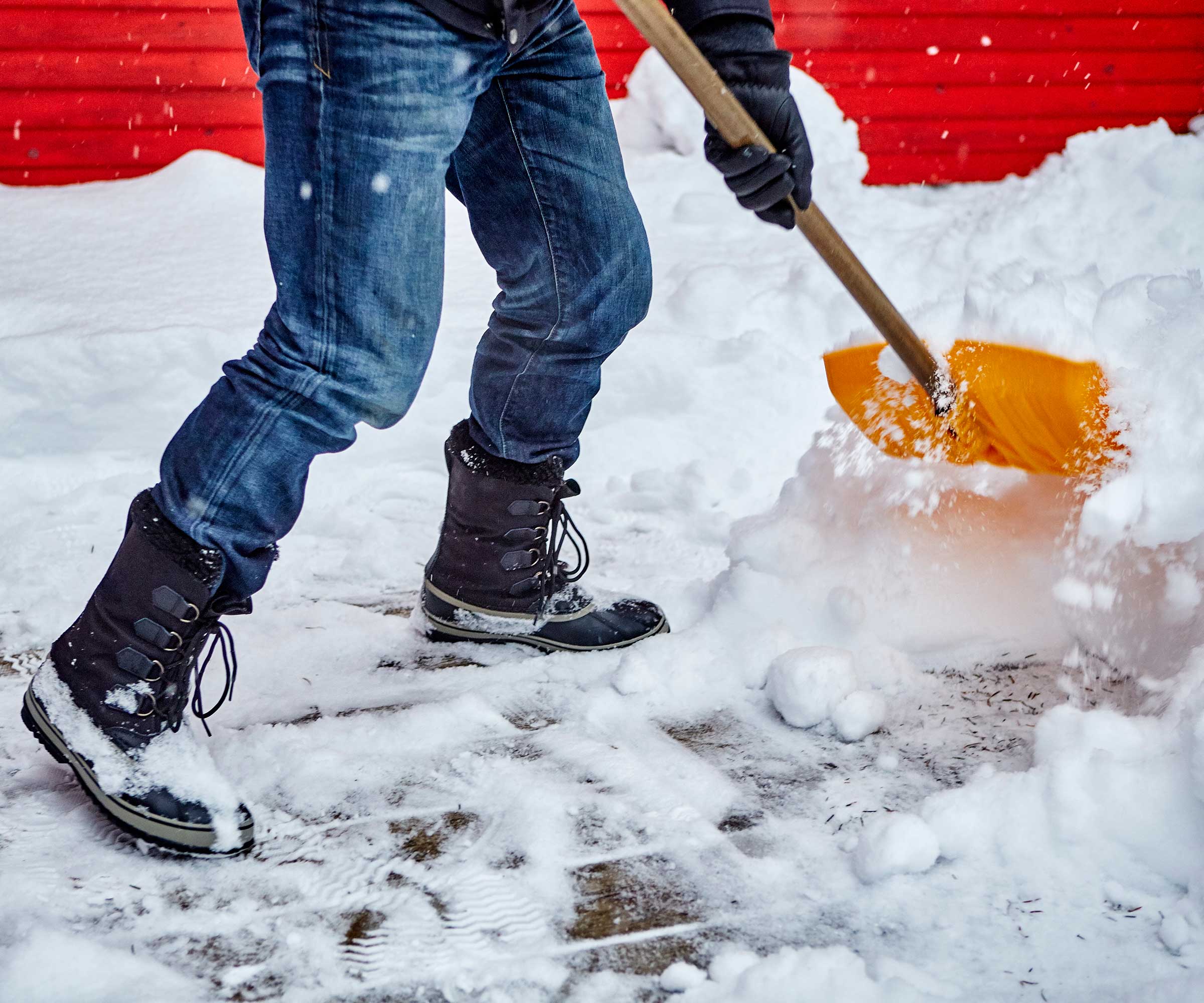
Regular maintenance during winter is key to keeping your driveway in good shape. ‘I think it’s important to be mindful of how you remove snow,’ says Joe Raboine, vice president of design at Oldcastle APG. ‘Use a snowblower with rubber blades, like the Snow Joe SJ615E from Home Depot, to avoid scratching your driveway.
If you prefer using a shovel when removing snow from a driveway, choose one with a plastic edge instead of metal to prevent damage to the surface such as the Snow Dominator from Amazon. Joe also suggests applying a thin layer of sand or kitty litter for traction if the surface becomes icy.
FAQs
What time of year is best to seal a driveway?
The optimum time for sealing your driveway, in preparation for winter is spring through fall. When the temperature is above 55॰ Fahrenheit, the warmth helps the sealant bond to your driveway.
Be sure to check the weather forecast for the following days after you’ve applied the sealant, as any rain will wash away your efforts.
Meet the experts

Tommy Mello is an entrepreneur, a home service/DIY expert, and the founder of A1 Garage Door Service, a leader in the home service industry. Founded in 2007, A1 Garage Door Service has grown to be a leader in the home-service industry.

John Mazzuca is a custom home designer and builder at Gambrick with over 20 years experience in the construction industry. John has designed, built and/or remodeled hundreds of homes, small buildings, and commercial projects.

Joe Raboine is vice president of design at Oldcastle APG, part of one of the largest global networks of manufacturers in the architectural products industry.
Aside from this step-by-step guide, there are alternate methods to achieve the same result. For instance, some homeowners opt for professional sealant applications, which can last longer but are more costly. Additionally, heated driveways are an excellent long-term solution for those in areas with heavy snowfall, eliminating the need for de-icing products and snow removal altogether.
Whether you’re filling cracks and sealing your driveway or opting for alternative methods like heated systems, the key is to start early and stay consistent with maintenance throughout the winter months.
Save yourself a headache and learn about the home maintenance mistakes to never make in winter.
Sign up to the Homes & Gardens newsletter
Design expertise in your inbox – from inspiring decorating ideas and beautiful celebrity homes to practical gardening advice and shopping round-ups.

Seraphina is a contributing editor at Homes & Gardens, writing Solved features on organizing and storage. She loves to decorate and also grow her own produce from her home in London. Her previous experience includes working at Women's Health and Fabulous Magazine.
-
 This is the single best upright vacuum we've ever tested – and it's on offer with $130 off at Shark for a limited time only
This is the single best upright vacuum we've ever tested – and it's on offer with $130 off at Shark for a limited time onlyYou won't want to miss this one
By Dan Fauzi
-
 Nate Berkus says slipcovered sofas are back on trend – and I just found a way to create this designer-approved laid-back look from just $86
Nate Berkus says slipcovered sofas are back on trend – and I just found a way to create this designer-approved laid-back look from just $86This classic style is making a strong comeback, but did you know you don't have to buy a whole new couch to get this Nate-approved look?
By Eleanor Richardson
-
 5 surprisingly practical ways to re-purpose old bed sheets for cleaning, decluttering and storage at home
5 surprisingly practical ways to re-purpose old bed sheets for cleaning, decluttering and storage at homeDon't ditch worn-out bedding – there's life in them yet
By Natasha Brinsmead
-
 Do you need to turn the lights off when you leave a room? Experts have ended this time-honored debate once and for all
Do you need to turn the lights off when you leave a room? Experts have ended this time-honored debate once and for allOn or off? We delve into the details of this age-old dispute
By Chiana Dickson
-
 I tried the baking soda trick to quickly and naturally clean my outdoor rug – it’s now set for Easter outdoor hosting
I tried the baking soda trick to quickly and naturally clean my outdoor rug – it’s now set for Easter outdoor hostingBaking soda is perfect for lifting dirt and debris
By Eve Smallman
-
 The 5 worst things you can do to your fridge – these will drive up energy costs and result in pricey and regrettable repairs
The 5 worst things you can do to your fridge – these will drive up energy costs and result in pricey and regrettable repairsIt's crucial to swerve these blunders, appliance experts warn
By Ottilie Blackhall
-
 Extend the lifespan of your appliance with 5 simple but crucial washing machine maintenance tips
Extend the lifespan of your appliance with 5 simple but crucial washing machine maintenance tipsFrom cleaning the filters to keeping the door open, experts reveal the washer tips they swear by
By Andy van Terheyden
-
 5 vital ways a home battery backup can help with your most urgent needs in a power outage – from heating to flood prevention and calls
5 vital ways a home battery backup can help with your most urgent needs in a power outage – from heating to flood prevention and callsExperts say they're a worthy investment
By Clement Feng
-
 I’m an HVAC technician, and this is when I turn on my AC each year – plus 5 checks I always do beforehand
I’m an HVAC technician, and this is when I turn on my AC each year – plus 5 checks I always do beforehandSave yourself an AC hassle by running my checks and turning it on before big heat hits
By Josh Mitchell
-
 6 things you should never throw in the trash – and what to do for safe disposal instead
6 things you should never throw in the trash – and what to do for safe disposal insteadFrom batteries to space heaters, experts reveal what not to throw
By Andy van Terheyden